The Paleolithic Caves of Khorramabad: Unearthing the Echoes of Early Human Life
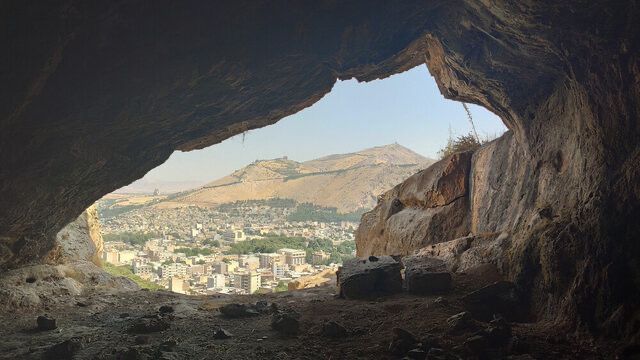
recently added to the UNESCO World Heritage List.
By Pooneh Nedai
Editor in chief of Shokaran/ Iran
TEHRAN: The “Prehistoric (Paleolithic) Caves of Khorramabad Valley” was officially registered as Iran’s 29th site on the UNESCO World Heritage List during a UNESCO World Heritage Committee session on July 11.
The registered caves include Kaldar, Yafteh, Konji, Gilvaran, Qamari, and the Ghar Arjeneh rock shelter. These prehistoric caves, located in the Khorramabad Valley in Lorestan Province, hold valuable evidence of continuous human presence—especially from Neanderthals and early humans—dating back more than 60,000 years.
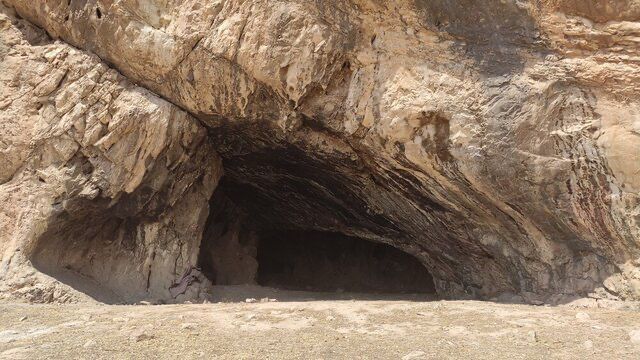
Yafteh Cave is one of the most well-known sites. It has stone tools, animal bones, and even human remains from the Upper Paleolithic period, which dates back about 30,000 to 40,000 years. These remains show how early humans hunted animals, made tools, and built fires.
The Paleolithic caves of Khorramabad are among the most important prehistoric sites in the Middle East. They offer incredible insights into how ancient people lived during the Stone Age. Archaeologists have studied these caves for decades, and the discoveries made there are crucial to understanding human history.
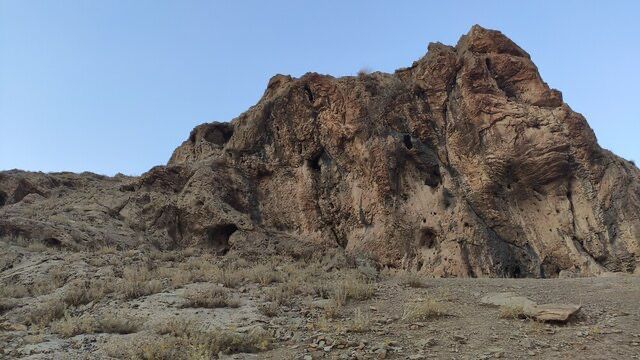
The people who lived in these caves were hunter-gatherers. They used sharp stones to cut meat, clean animal skins, and make weapons. They traveled often to find food and used the caves as shelter from cold weather and wild animals. Some caves even show signs of fireplaces, which means these early people had learned how to use fire.
One of the most exciting discoveries from these caves is evidence of symbolic behavior. For example, archaeologists found beads made from animal teeth and shells. These may have been used as jewelry or in rituals. This shows that the people living in Khorramabad caves were not only surviving—they were also thinking creatively and symbolically.
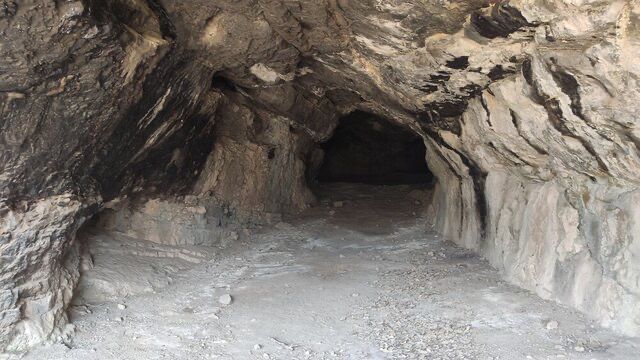
The location of these caves in the Zagros Mountains was also important. The area was full of natural resources like water, wild animals, and plants. It was a perfect place for early humans to live.
Today, these caves are protected and studied by scientists from Iran and around the world. Being added to the UNESCO World Heritage List means they are now officially recognized as globally important cultural sites. This helps protect them for future generations and supports educational and tourism efforts.
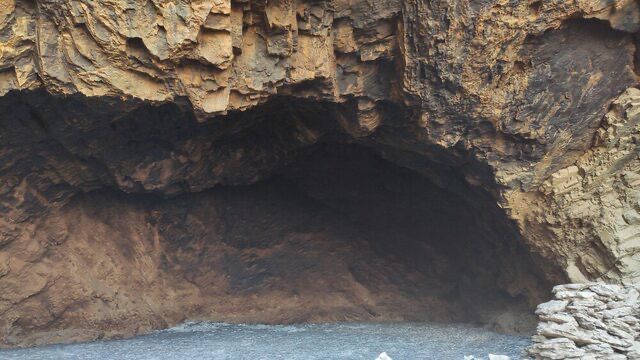
The Paleolithic caves of Khorramabad are more than just ancient shelters. They are a connection to our human past. They show how people lived, thought, and adapted over tens of thousands of years. With support from UNESCO and continued research, these caves will continue to teach us about our earliest ancestors.




